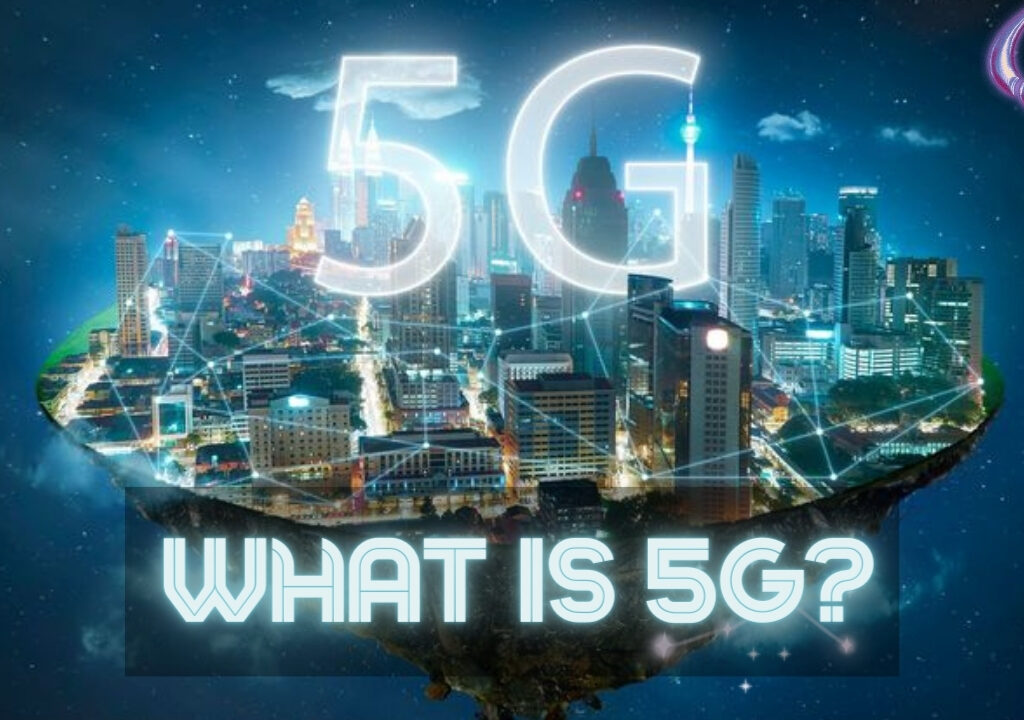
What is 5G technology?
Compared to its predecessors, 5G offers faster speeds, lower latency, and greater capacity. We can communicate with each other and the world around us in a completely new way. Aside from ultra-responsive gaming, seamless video streaming, and advanced healthcare and transportation applications, 5G offers speeds up to 100 times faster than 4G.
5G is unique due to the fact it can manage enormous volumes of data while keeping performance levels high. It can transmit data at quicker speeds because it uses millimeter waves, which are higher radio frequencies. These waves can, however, be obstructed by objects and have a limited range. 5G employs enhanced radio technology along with smaller transmitters positioned all over cities to get around this.
Additionally, network slicing—a characteristic of 5G that enables operators to customize network resources to meet particular requirements—ensures dependable and effective service for a range of applications. In the end, 5G promises to bring in a new era of innovation and connectivity for both individuals and businesses, making the world smarter, safer, and more connected.
Who Introduces 5G?
In April 2019, South Korea took the position as the first country to fully adopt 5G, with more than 200 operators investing in this innovative technology across almost 90 countries globally. Major South Korean carriers, except for one, used sellers such as Samsung, Ericsson, and Nokia for their base stations and equipment. With the bulk of the 86,000 base stations that were installed in the nation at the time being shipped by Samsung, the company became a prominent participant. Presently, Altiostar, Cisco Systems, Datang Telecom, Ericsson, Huawei, Nokia, Qualcomm, Samsung, and ZTE are the nine firms that are leading the 5G radio hardware and systems industry.
How fast 5G is?
5G is innovative in terms of network responsiveness and capacity, not just speed. 5G expands into a new spectrum like mmWave, enabling substantially greater capacity for data transmission, with peak data speeds of up to 20 Gbps. Lower latency translates into faster reactions and a more reliable user experience, especially when a user is moving. Even with a range of bands functioning at varying speeds, 5G nevertheless provides remarkable speeds, which greatly increase the possibility of operations like wirelessly streaming 4K videos.
Even while 5G is widely available, it isn’t always the revolutionary improvement over 4G that many had hoped for. Its performance can be impacted by several factors such as challenges and signal strength; mid-band or low-band speeds are more typical than ultra-fast multi-gigabit rates. Even with more conservative projections, 5G still performs considerably better than 3G and 4G, resulting in far faster download times for things like full HD movies.
5G, which promises faster speeds, more capacity, and reduced latency for a more smooth and responsive user experience, is essentially an enormous step forward in wireless technology.
How does 5G work?
5G uses millimeter waves (mmwaves), which are higher radio frequencies that were previously unlicensed but are now permitted for use. Faster data transmission is possible at these frequencies, although physical objects may block them. 5G uses smaller transmitters that are positioned on street furniture and buildings in addition to various antennas to address this. Thanks to this technology, 5G will be able to handle more devices and potentially “slice” networks into virtual sections for easier administration. Furthermore, cutting-edge methods like beamforming and 5G New Radio (5G NR) improve efficiency and lower latency, opening the door for revolutionary wireless networks.
What are the benefits of 5G?
1. Improved performance through the use of higher frequencies.
2. Unlimited bandwidth for quicker transfer of data.
3. faster mobile internet access, making it possible to perform jobs like near-real-time VR streaming and 4K streaming.
4. Lower latency of 5 milliseconds, leading to quicker responses.
5. 5G networks offer new technology options due to higher data rates.
6. The ability to combine low-band, mid-band, and mmWave frequencies for greater coverage options.
7. Changing industries and affecting consumers immediately.
8. Improved remote working possibilities, saving time and increasing productivity.
9. Dedicated network slicing to increase operational efficiency.
10. Creating opportunities for businesses in rural communities through better connectivity.
